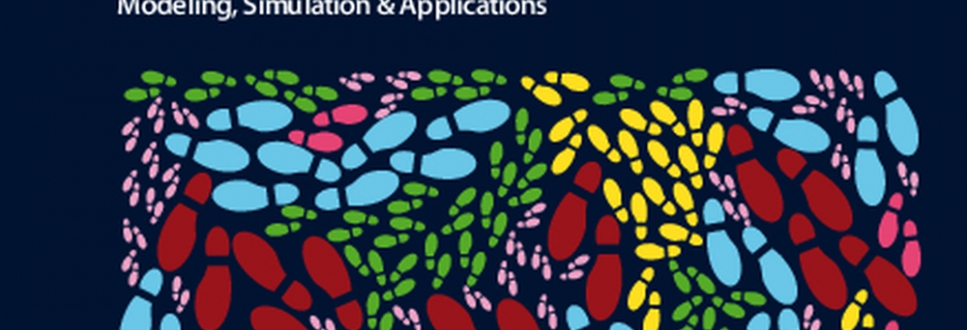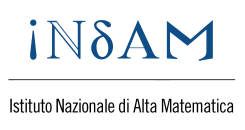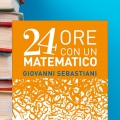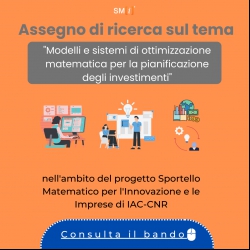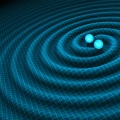
Gravitational Waves and Coalescing Black Holes
2017-02-15
A lecture by Prof. Thibault Damour - Institut des Hautes Etudes Scientifiques, Bures sur Yvette, France, February 15th, 2017, at 11 a.m., IAC-CNR, via dei Taurini 19, Rome - Ground floor hall
Mercoledì 15 Febbraio 2017
Istituto per le Applicazioni del Calcolo - CNR
via dei Taurini 19, Roma ore 11, Aula piano terra Special Lecture at IAC
Prof. Thibault Damour (Institut des Hautes Etudes Scientifiques, Bures sur Yvette, France)
Gravitational Waves and Coalescing Black Holes
Two of the most novel predictions of Einstein's theory of General Relativity were discovered soon after its creation one century ago: Black Holes (Schwarzschild, January 1916) and Gravitational Waves (Einstein, June 1916). It took more than 50 years to grasp the physical significance of these theoretical discoveries. The recent discovery of several gravitational wave events by the two Laser Interferometer Gravitational-Wave Observatory (LIGO) interferometers has brought the first direct evidence for the existence of black holes, and has also been the first observation of gravitational waves in the wave-zone. The talk will review the theoretical developments on the motion and gravitational radiation of binary black holes that have been decisive in interpreting the LIGO events as being emitted by the coalescence of two black holes. In particular, we shall present the Effective One-Body formalism which has been crucial in allowing one to compute the bank of 250 000 templates that has been used to search coalescence signals, and to measure the masses and spins of the coalescing black holes.
Thibault Damour is a French physicist. He is a professor of theoretical physics at the Institut des Hautes Études Scientifiques (IHÉS) since 1989. An expert in general relativity, he has long taught this theory at the École Normale Supérieure (Ulm). He contributed greatly to the understanding of gravitational waves from compact binary systems, and with Alessandra Buonanno, he invented the "effective one-body" approach to solving the orbital trajectories of binary black holes. He is also a specialist in string theory.



